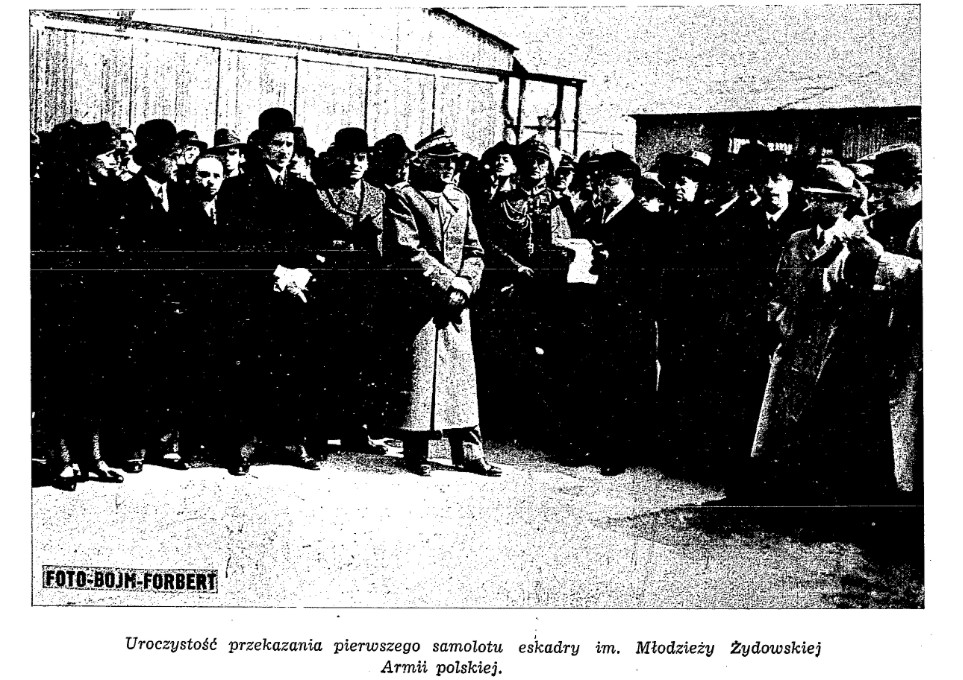During the interwar period, Poland boasted the League of Air and Anti-Gas Defence (LOPP), a paramilitary organisation that was formed on 10 February 1928 as a result of the merger of the League of State Air Defence (established in 1923) and the Society of Anti-Gas Defence (founded in 1922). Its main task was to promote the development of aviation in its various forms and to prepare the public for defence against air attacks and chemical threats.
Working closely with state bodies, LOPP played a significant role in promoting aviation in Poland. The organisation, through intensive educational and propaganda activities, significantly contributed to the growth of public interest in aviation and anti-aircraft defence. By 1935, the number of its members had reached 1.5 million, and by the outbreak of the Second World War it had risen to around 2 million.
LOPP’s activities included the construction of aviation infrastructure, including airfields and gliders, and support for technological development in the field of aviation. The organisation also funded scientific research related to aviation, including the construction of the Aerodynamic Institute in Warsaw and the wind tunnel at the Lwów Polytechnic (today’s Lviv). The LOPP also made a significant contribution to the establishment of schools for pilots and aircraft mechanics and promoted aeromodelling among young people.
In addition to aviation, LOPP also focused on gas defence, developing methods of chemical defence, and educating the public in self-defence against chemical attacks. In this way, it contributed significantly to raising awareness of the dangers of chemical weapons.
LOPP was also active in publishing, issuing educational and propaganda materials, including the monthly magazine Review of Anti-aircraft and Anti-Gas Defence, the biweekly magazines Polish Flight and Polish Flight and Anti-aircraft and Gas Defence. Such publications helped to disseminate knowledge about aviation and anti-aircraft defence to the general public.





